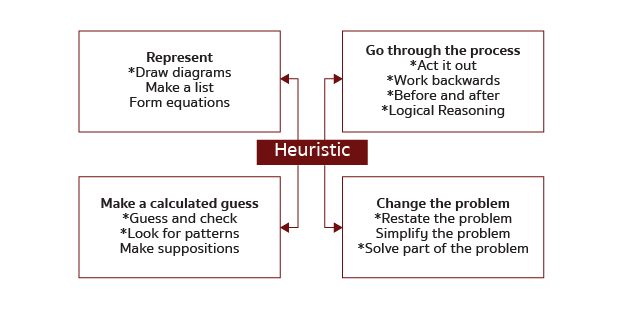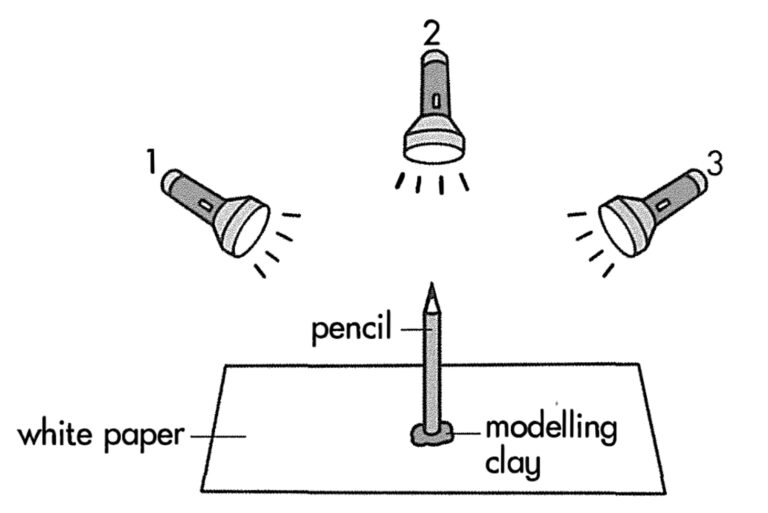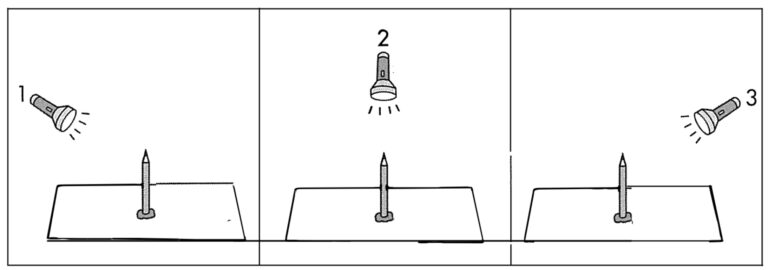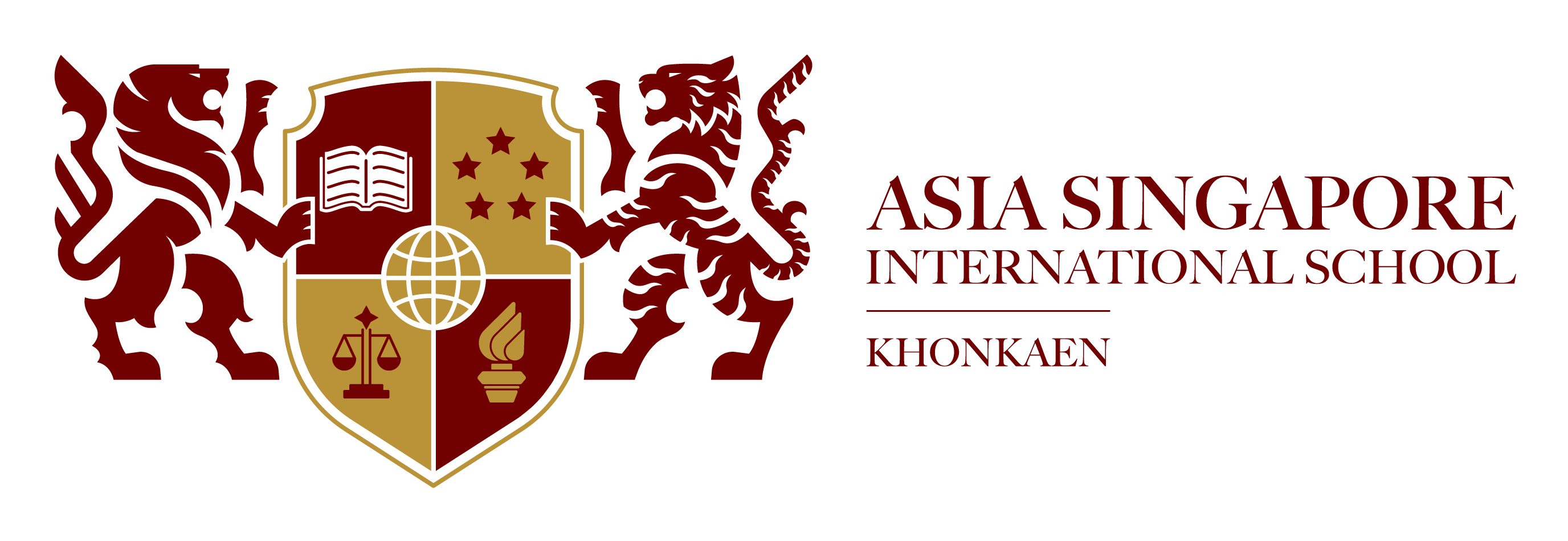Mathematics and Science
Mathematics Curriculum
Mathematics
Our school believes the importance of laying down the foundation for Mathematics in every child. It builds up logic and analytical thinking to help them progress and adapt to the ever-changing world ahead. We adopt the Singapore Mathematics curriculum and teaching as it is proven to be one of the strongest curricula when it comes to the teaching of Mathematics.
Approach
C-P-A
In Singapore Mathematics, the teaching approaches are its stronghold to ensure a strong grasp of the content knowledge as well as mathematical skills is attained. Every topic in Mathematics adopts the C-P-A approach. C-P-A stands for Concrete-Pictorial-Abstract. Your child will be learning Mathematics using tactile manipulatives to help them build the foundation of the concept concretely. Then your child will link pictures through the slides or worksheets. Once, your child achieve mastery of both, then they will proceed to abstract learning of the concept. By adopting this approach, it helps every child elevate to abstract understanding in gradual steps.
Spiral Framework
In terms of the mathematics syllabus, it is structured following the spiral framework. Most schools adopt the modular approach which focus on one single area of Mathematics to be taught over a span of 2 to 3 months. In our school, we adopt the spiral approach which teaches topics in chunks and appropriate levels based on your child’s age. This will allow your child to reinforce knowledge learnt from previous years to achieve mastery at the end of the spiral period.
Bar model
In solving word problems, we choose bar model approach. This will help your child visualize the problems better. Using bar models, your child will be able to go back to the question to retrieve and update new information to the word problems they are solving. When your child solves more word problems easily, it build their confidence in Mathematics making them more motivated to learn Mathematics.
Heuristics
Using the bar model alone to solve word problem may not suffice. Thus, we teach Heuristics to your child. Heuristics is a process or method different from the conventional way to solve. This will equip your child to face problems of different varieties making them more ready to attempt any problems in Mathematics.

Science Curriculum
Make me wonder
Activity
Give answer
Improve
Check me
Make me wonder
THE 5e MODEL IN SCIENCE
1. engage
Time to ask, “Why did that happen?” What can you find out about a new topic?
2. explore
Let’s form new predictions, test and record our ideas and observations! Ask questions.
3. explain
Time to explain, question, listen, and refer to prior learning to assess our understanding.
5. evaluate
Finally, demonstrate your understanding, use what you learned to show what you know.
4. extend
Ask new questions, design experiments, and draw conclusions on new evidence.
Activity
Procedure
1. Work in groups.
2. Use some modelling clay to support a short pencil in the middle of a piece of white paper.
3. Move a torch from positions I to 2 and then to 3 as shown below.

Give answer + Improve
4. Draw the shadow of the pencil in each diagram.

Check me
Conclusion
An object produces shadows of different______________and______________ when the light source is shining at the object from different positions, or at different parts of the object.
2 differences
| THEMES | LOWER BLOCK | UPPER BLOCK |
|---|---|---|
| DIVERSITY |
Living and non-living things Diversity of materials |
|
| CYCLES |
Life cycles of plants and animals 3 stages of matter |
Plant and animal reproduction system Water cycle |
| SYSTEMS |
Plant system Human system |
Plant transport system Human respiratory and transport system Electrical system |
| INTERACTIONS | Magnets | Forces |
| ENERGY | Light and Heat | Energy forms and uses |
| Level | P3 | P4 | P5 | P6 |
|---|---|---|---|---|
| Topics |
• Diversity of living things and non-living things • Diversity of materials • Life cycles • Magnets |
• Plant system • Human system • Matter • Light • Heat |
• Reproduction • Water • Plant and human respiratory and circulatory system • Electrical system |
• Photosynthesis • Energy conversion • Forces • Interaction within the environment |
Mr. Rashid
- Primary 5 and 6 Homeroom Teacher
- Head of Mathematics and Science
Mr. Rashid is an experienced educator with a strong background in mathematics and science. He holds a bachelor of science in applied mathematics from the National University of Singapore (NUS) and a post-graduate diploma in teaching from the National Institute of Education (NIE) in Singapore, specialising in the teaching of mathematics and science at the primary level. His teaching career spans nearly two decades, starting at Yew Tee Primary School in Singapore from 2006 to 2012, where he taught primary mathematics and science, including foundation mathematics and gifted science programmes.
From 2012 to 2023, he taught at Madrasah Aljunied Al-Islamiah, covering a wide range of subjects such as primary mathematics, secondary science and biology, secondary elementary and additional mathematics, as well as IB Diploma mathematics for grade 12 students Since 2023, he has been teaching at an international school in Bangkok, focusing on Singapore primary mathematics and science. With his extensive experience across different curricula, he is committed to fostering a deep understanding of mathematics and science while inspiring students to reach their full potential.
